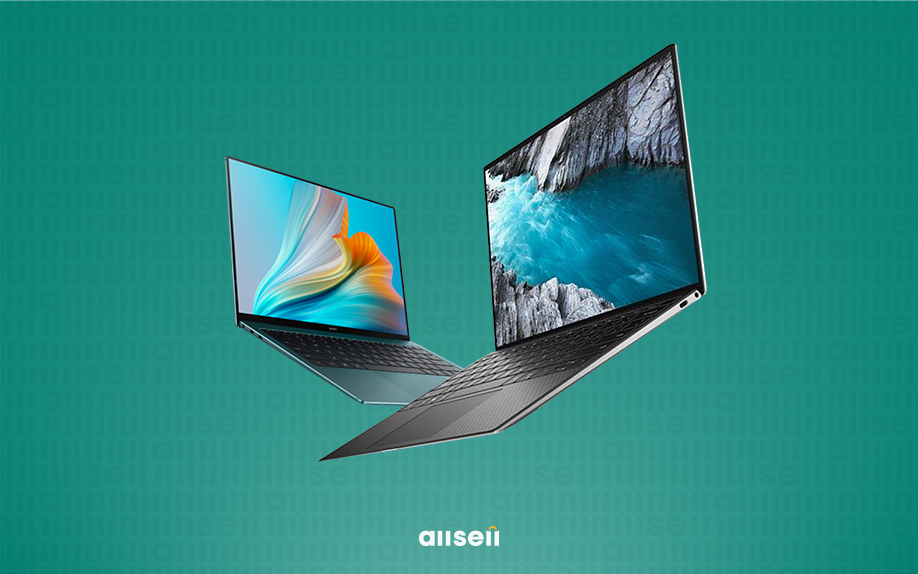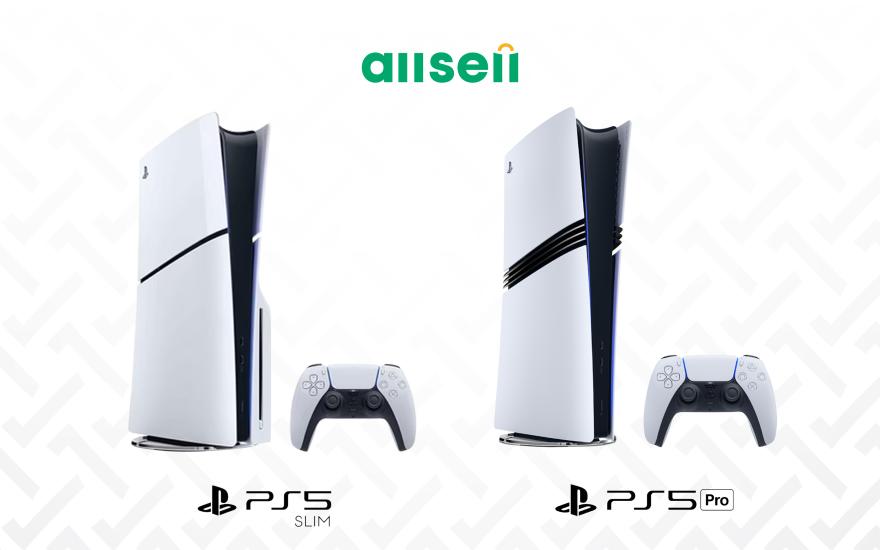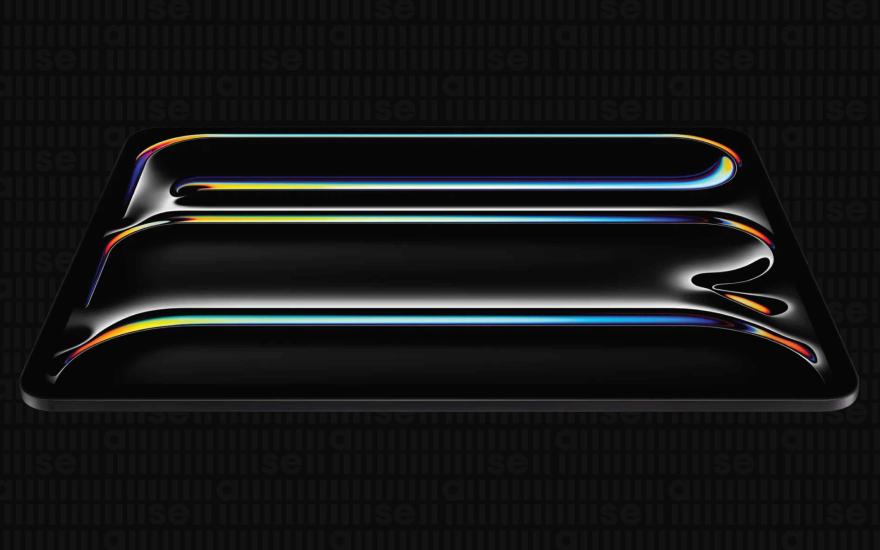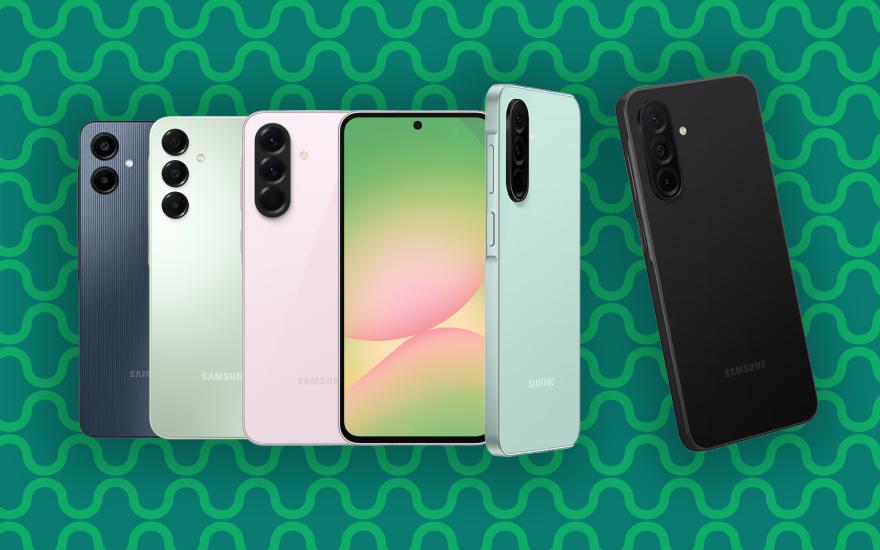 21.08.2025
Armine Badalyan
21.08.2025
Armine Badalyan
What laptop to choose for graphic design?
Graphic design requires a powerful laptop to be able to work with demanding design programs. But, if the budget is limited, it is important to be sufficiently informed to combine the power of the device, ergonomics, comfortable design and budget. New models are regularly released with increased power, which accelerate the development and delivery of projects due to increased productivity. What should a designer's laptop be like in 2025? Here are some key parameters to consider when choosing a laptop for graphic design.
Processor
This is the heart of any laptop and is very important when working with graphics. Design programs (Adobe Photoshop, Illustrator, After Effects) require a powerful processor. It is recommended to choose the latest generation Intel Core i7 or i9 processors or their AMD equivalents, such as Ryzen 7 or Ryzen 9. The higher the frequency and the more cores, the better. You should not choose models with less than 6 cores.
Processing large amounts of data requires a fast and powerful processor. Which one should you choose?
- Intel Core i3 and AMD Ryzen 3 processors for less resource-intensive work, such as web design or simple photo editing.
- Intel Core i5 and AMD Ryzen 5 are quite productive and are popular among designers.
- Intel Core i7 and AMD Ryzen 7 will cope with 3D graphics, interior design and other demanding tasks.
- Intel Core i9 and AMD Ryzen 9 are suitable for the most demanding programs and tasks, including 3D, video editing and processing, game development.
Video card
The video card is the main component that determines the efficiency and comfort of working with graphics. Video playback and viewing 3D models, rendering and even ordinary scaling of photos fall on the shoulders of the graphics processor. The higher the resolution, the greater the load on the GPU. NVIDIA GeForce RTX or AMD Radeon RX models are preferable. For working with graphics and video, a video card with the largest memory is preferable, while for games, the overall speed and clock frequency are much more important. Laptops with integrated graphics in the processor often slow down even when processing photos, so they are not suitable for design. Only laptops with a full-fledged discrete video card can provide high efficiency and comfort. A modern video card should accelerate tools based on artificial intelligence and ray tracing, which will save you time during editing and visualization. GeForce RTX graphics cards can do both.
Choose a graphics card depending on your tasks.
- Entry-level solutions with GeForce RTX 3050 and 3050 Ti are enough for 2D design, photo processing and video editing at resolutions up to 4K.
- For medium-complexity 3D projects and 6K video, you will need more powerful models with GeForce RTX 3060, RTX 3060 Ti, RTX 3070, RTX 3070 Ti.
- For large 3D, CAD projects and 8K video, you need laptops and computers based on high-performance graphics cards with a large amount of video memory GeForce RTX 3080, RTX 3080 Ti and NVIDIA RTX A5000.
RAM
Random access memory is essential for running multiple programs at once. For design and video editing, at least 16 GB of RAM is recommended, but if your budget allows, you should aim for 32 GB or even 64 GB. For faster performance, consider SSD storage. Minimum: 512 GB SSD, maximum: 1 TB.
Data storage
SSD is much faster than HDD. This means that the operating system and programs load in seconds, and processing and saving graphic files will take much less time. The amount of memory should be at least 512 GB (of which Windows will take up about 100 GB), but 1 TB or more is better.
Screen
Screen quality is important for designers. It is necessary to have high resolution (not less than FullHD, but better 4K), wide color gamut (100% sRGB and higher) and screens with accurate color rendering. This is of great importance in design. Check that the Delta E indicator (how much the displayed color can differ from the original) is less than two, and better - close to one or equal to it. In this case, the image will look as natural as possible. The main thing is that the color gamut is at a certain level - at least 100% sRGB or close to 100% according to DCI-P3.
Screen size is also important for comfortable work. A 15-17 inch diagonal will be the best choice. But, if compact design and portability are no less important, you can also consider models with a 14-inch diagonal.
Autonomy
The battery is an important component of a designer laptop if you often have to work away from the power grid. Everything is simple here: choose models that will “work” without recharging for at least 3-4 hours, but the more, the better.
Ergonomics
When choosing a designer laptop, you should not ignore the ergonomics and design factor. The laptop should be comfortable. Check in advance whether a NUMPAD block is needed on the keyboard. It is useful, but increases the keyboard surface and the overall size of the laptop.
Last news
-
 06.10.2025
Armine Badalyan
Comparison of all PS5 models
06.10.2025
Armine Badalyan
Comparison of all PS5 models
Are you a fan of digital games, want to buy a Playstation, but aren't sure which model to choose? Read this guide
-
 03.11.2025
Armine Badalyan
How to choose a tablet?
03.11.2025
Armine Badalyan
How to choose a tablet?
Choosing the right model among the variety of tablets is not the easiest task. However, this article can be a guide for you: here is a detailed description of the features of tablets. Read more...
-
 12.09.2025
Armine Badalyan
Marshall speakers: classic design, powerful sound
12.09.2025
Armine Badalyan
Marshall speakers: classic design, powerful sound
The legendary Marshall speakers seem to be similar, but each one has its own characteristics. Different generations of Marshall speakers in one place. Read more
-
 16.10.2025
Armine Badalyan
Instax Mini 12: The magic of instant printing
16.10.2025
Armine Badalyan
Instax Mini 12: The magic of instant printing
The Instax Mini 12 camera entices with its instant printing capabilities. It seems like you just press a button and that's it. However, the Mini 12 is quite finicky and has its own set of features. Read more...
-
 01.10.2025
Armine Badalyan
Budget smartphones from Samsung
01.10.2025
Armine Badalyan
Budget smartphones from Samsung
If you are looking for a smartphone that is reliable, modern, and affordable, we suggest you consider Samsung's A-Class budget smartphones.


